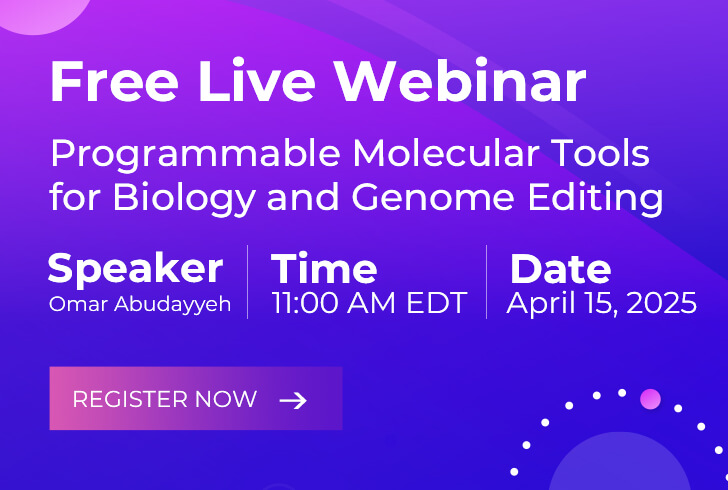Batten Disease
Inquiry NowRecombinant adeno-associated virus (rAAV) vectors are excellent tools in gene therapy for the treatment of neurological diseases due to their ability to efficiently transduce neurons and provide long-term expression. Creative Biolabs is an excellent service provider of AAV vectors, providing a wide range of AAV vector design services to meet your basic research and clinical development needs.
Introduction of Batten Disease
Batten disease (also called neuronal ceroid lipofuscinoses [NCLs]) are a group of fatal, inherited lysosomal storage disorders mostly affecting the central nervous system of children. This family of diseases is caused by mutations in approximately 13 known ceroid-lipofuscinosis neuronal (CLN)-related genes, designated CLN1-CLN8 and CLN10-CLN14. Despite their genetic diversity, NCLs are defined by similar pathological and clinical features including progressive neuronal loss, retinal degeneration, seizures, and psychomotor decline, which ultimately lead to premature death. The age of disease onset and disease progression vary considerably depending on the genetic variant. In general, Batten disease is the most prevalent cause of neurodegenerative disease in children, with an incidence of 2-4/100,000 live births. There are no effective treatments other than approved enzyme replacement therapy for CLN2 disease. In recent years, gene therapy has made great progress in NCLs and has become a very attractive strategy for the treatment of NCLs.
AAV-based Gene Therapy for Batten Disease
In the past few decades, AAV has been developed as a promising non-pathogenic gene therapy vector for the treatment of neurodegenerative diseases in the CNS. The development of different serotypes and genetic targets for different cells could assist in the curing of neurodegenerative diseases from various causes. Much progress has been made in the development of gene therapy for the NCLs (Table 1), particularly the emergence of more potent AAV serotypes that are capable of crossing the blood-brain barrier and may result in significant clinical advances in the near future.
Recently, AAV (such as AAV1/2) vectors expressing the CLN2 cDNA and self-complementary AAV serotype 9 (scAAV9) expressing CLN3, CLN5 and CLN6 gene have been developed to deliver genes to the brain of children. In addition, AAVrh.10 vector expressing CLN2 and CLN3 is also used in gene therapy for NCLs. These rAAV vectors have been shown to slow or prevent the progression of disease in the CNS, supporting the great potential of AAV-mediated gene therapy approaches in the treatment of NCLs.
Our Custom Services for AAV-based Gene Therapy
The rational design of AAV vectors is critical to achieving effective gene therapy for NCLs. Creative Biolabs has extensive experience in AAV vector design and can provide customized AAV vector design services based on customer's specific needs. In the gene therapy for NCLs, we provide tissue/cell-specific targeting AAV service, AAV vector design for gene expression, titration service of AAV vector, AAV vector purification service and self-complementary AAV vector service to achieve efficient delivery of therapeutic genes by rAAV vectors. At Creative Biolabs, our rAAV vectors exhibit the following advantages:
- Do not elicit significant immune responses in vivo
- Broad tropism - tissue specificity with different AAV serotypes
- Do not integrate into the host genome
- Can achieve stable and efficient expression of the target gene
Our experienced technical experts provide custom services for each step of the AAV vectors design process. For more details, please contact us and we will be happy to assist you.

